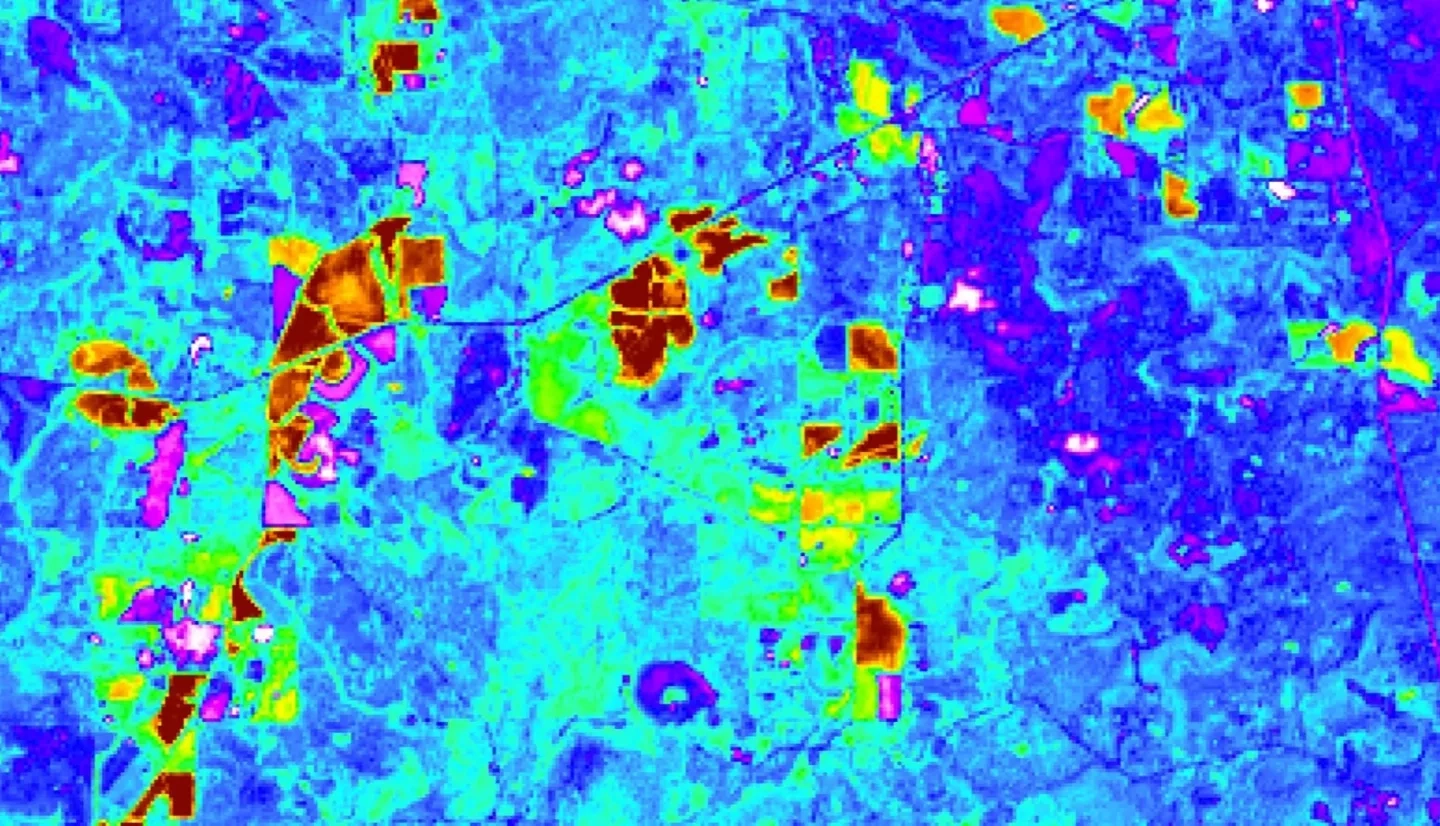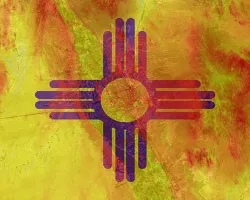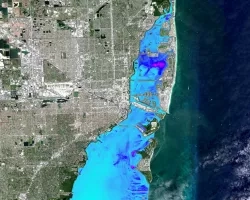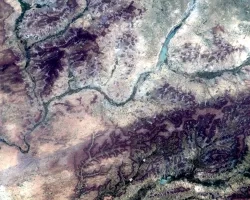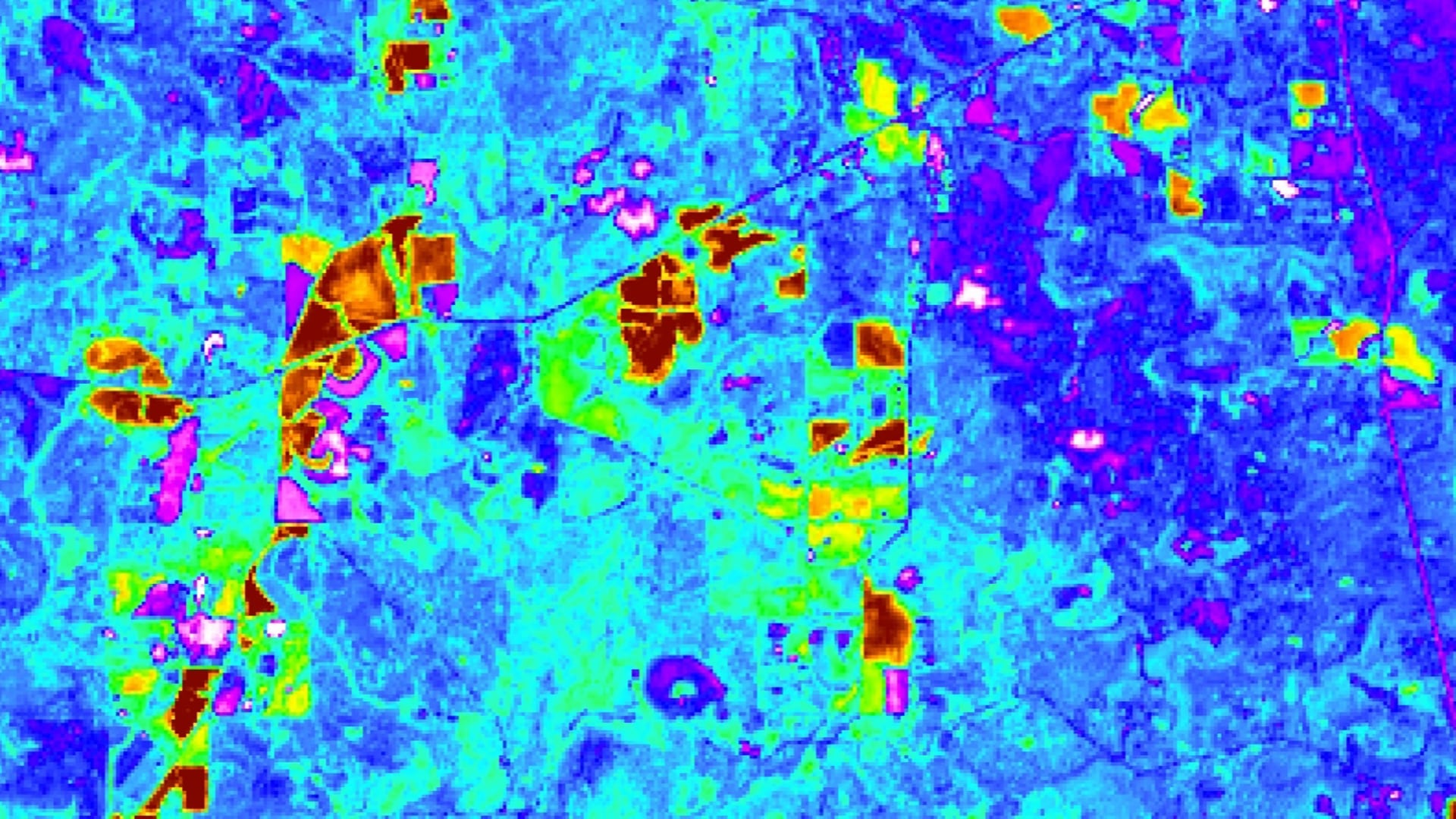
The gopher frog (Lithobates capito) is an endangered species facing extinction within the next century due to loss and alteration of its habitat. With limited active gopher frog habitats in Alabama, it is crucial to maintain these areas. The Gopher Frog Working Group (GFWG) works to ensure the protection and rehabilitation of gopher frog habitats to protect the survival of the species. The NASA DEVELOP Conecuh National Forest Ecological Forecasting team partnered with the Alabama Department of Conservation and Natural Resources, the United States Forest Service’s Conecuh National Forest, and the Mississippi State University College of Forest Resources, which are all part of the GFWG, to identify potential habitats for the gopher frog in Conecuh National Forest. As the environment fluctuates over time, present and probable breeding wetlands are threatened. The team identified the environmental concerns endangering the breeding habitats utilizing Landsat 5 Thematic Mapper (TM), Landsat 8 Operational Land Imager (OLI), the Shuttle Radar Topography Mission (SRTM), and Sentinel-1 C-band Synthetic Aperture Radar (C-SAR) satellite imagery. The team produced a series of map products to evaluate the status of the current breeding region as well as forecast the future suitability of the habitat. These products enabled the GFWG to determine where to create new breeding habitats in the Conecuh National Forest.
